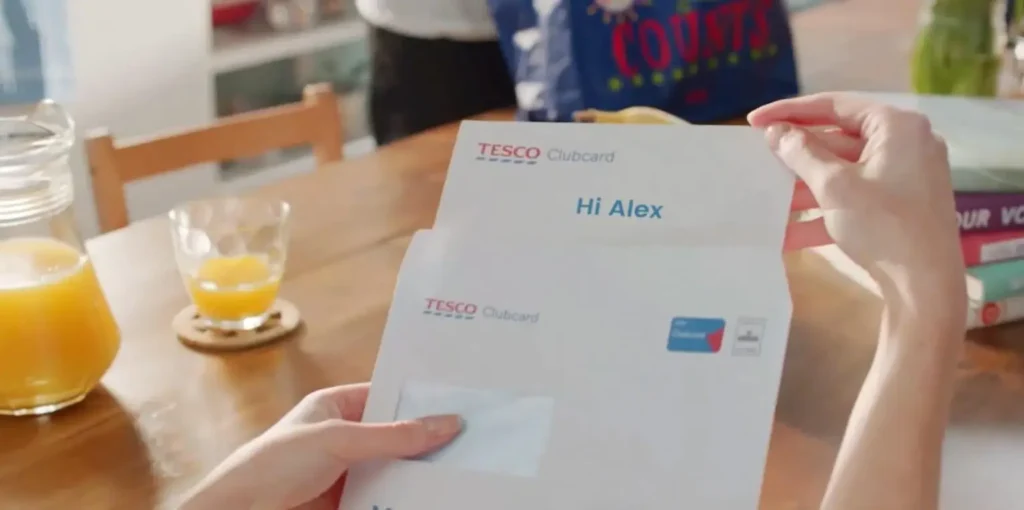The reciprocity between the mayor and residents has not changed for decades and was traditionally based on the mayor’s obligation to provide satisfying municipal services to her residents, while they, in turn, were expected to pay municipal taxes and express their appreciation or disappointment from services rendered during election periods.
Fifty-six of the country’s 100 largest cities are holding municipal elections (mayor and city council) in 2015. The need to establish efficient communication methods with the residents is an ongoing imperative throughout the governing term, so even if your city is not electing a mayor this year, the following observations remain relevant.
“Smart City” and “City of the Future” initiatives are a global trend to improve municipal services and drive resident satisfaction. The question we will address here is what are the most modern and effective communication methods for the city and its mayor to convey the new services and their associated benefits to residents.
The Shift to Megacities
Thomas Friedman, in his book “Hot, Flat and Crowded” notes that in 1800, London was the world’s largest city with one million residents. By 1960, there were 111 cities with more than one million residents. By 1995 there were 280, and today there are over 300, according to UN Population Fund statistics. The number of megacities (with ten million or more inhabitants) in the world has climbed from 5 in 1975 to 14 in 1995 and is expected to reach 26 cities by 2015, according to the UN. The bigger a city is, the more powerful it becomes in terms of available resources and investments required to become a “Smart City”, but also the more challenging the communication between city and resident becomes.
“Smart City” defined
Smart cities use information and communication technologies (ICT) to be more intelligent and efficient in the use of resources, resulting in improved service delivery, personal security, quality of life, education, and economic growth, while reducing environmental footprint and enabling a sustainable low-carbon economy.
Communicating the Benefits of a “Smart City”
In order to maximize the benefits of “Smart City” investments and make sure the residents take advantage of the new and modern services, the city must find new communication methods that can convey these benefits in the most effective manner. Ultimately, the mayor would like to tell each resident in a face to face conversation how the new services and projects underway will make his or her life better. But how can this be achieved?
Personalized Communication
Imagine the mayor could tell each resident, individually, how the city has improved its services to improve his well-being, explain about new security measures in his neighborhood such as video surveillance systems and street lights, new community services that he and his family could benefit from, new job opportunities if he is unemployed, or compare his utility bills to the neighborhood average, and suggest ways to reduce them. Such personal communications, if it were possible, could ensure that the huge investments in “Smart City” projects and their associated benefits could reach the target audience – the residents.
The ubiquitous access to digital media through smartphones, tablets and personal computers, along with an innovative cloud based personalized video solution from Idomoo, makes this vision a reality.
Idomoo Personalized Video solution
Idomoo provides simple, scalable, secure and reliable mass video production that is automatically produced and personalized with each customer’s information and/or relevant offers. Idomoo VaaS™ (Video as a Service) runs on Amazon cloud and mass-production is fully automated, requiring no human involvement. The engine generates a unique link per video, which the individual customer views from their home PC, mobile device, on the corporate website, or elsewhere.
Summary
Personalized video communication is an effective method for mayors to personally approach their residents in a compelling manner during the period of their governance, in order to convey municipal messages, initiatives and new services, resulting in enhanced resident satisfaction. This type of communication is important before, during and after the completion of the “Smart City” initiatives and will soon become the most common method of interaction in the “City of the Future”.





